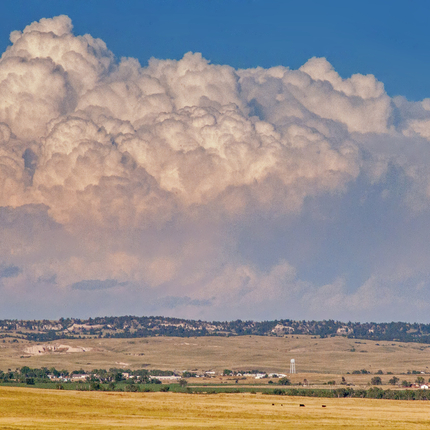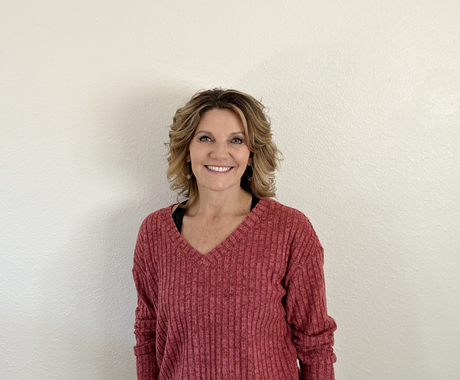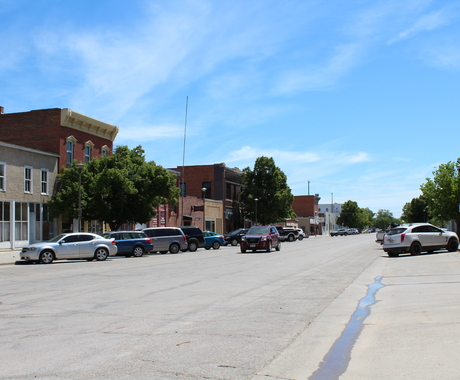This article is another in the series from Jon M. Bailey, a leading proponent of policy and research into rural family economic security. Jon served as a director of policy and research at the Center for Rural Affairs for years.
Previously we focused on public policy to increase wages and income, provide enhanced tax benefits, and create partnerships and incentives to develop more skilled, high-paid jobs. Here are four more ways to address income inequality on the rural Great Plains.
1. Higher educational attainment for rural people
Generally, educational attainment has a significant relationship with income level. Recent data show mean annual earnings for those with some college was $32,000, while mean annual earnings for those with a Bachelor’s degree was $57,000, a 78% difference.
Educational attainment data from 2009 to 2013 for Great Plains states generally show a substantial gap between rural residents with some college and those who complete college. The gap also exists between rural and urban residents in both categories.
In 6 of the 9 Great Plains states we examined, more rural residents than urban residents had some college education. The rates of rural residents with some college education ranged from 35% (Nebraska) to nearly 32% (Colorado).
But rural residents are significantly less likely to complete college than their urban counterparts. In the Great Plains, only Wyoming has more rural residents than urban residents with college (Bachelors) degrees. Every other Great Plains state has a major rural-urban college degree gap, ranging from 74% (Kansas) to 12% (Montana). The income/educational attainment gap is thus entrenched on the Great Plains.
The long-term outcomes of the income/educational attainment gap are critical and permanent. According to Steven Strauss of Princeton University, this gap creates two economies and two societies. Those with lower educational attainment drift permanently between economic recessions and depressions with little stability. Those with higher educational attainment garner increased wealth, suffer only mild economic recessions, and experience interesting projects that lead to personal growth.
Those economies and societies exist now and potentially long-term on the rural Great Plains.
To address the gap and keep it from becoming permanent, Great Plains states, school districts, colleges and universities need to develop programs to encourage rural residents to begin and complete Bachelor degrees.
But that's not all. States, rural communities, and rural businesses must also create jobs for those new college graduates. College graduates from rural areas are less likely to return to rural areas because of a lack of jobs, thus contributing to the rural-urban educational attainment gap and to income inequality in rural areas.
2. Return to college affordability and reform college financing
The cost of college has exploded. Since 1985 tuition, board and room, and fees have increased 538%, four and one-half times the general inflation rate over the same period. College has become unaffordable for many moderate- and low- income families. Since rural incomes are generally lower, exploding college costs have likely affected rural families disproportionately, another contribution to the rural-urban educational attainment/income gap.
College unaffordability has resulted in students and families foregoing college, thinking the long preached point that college in the long-run is a good economic investment is no longer the case. Despite the fact that all data show college is still a good investment, some students and families can no longer justify the cost.
Exploding college costs and public concern have resulted in proposals being floated to make college more affordable. Examples include President Obama’s plan to make 2 years of community college free, to tuition freezes at public colleges and universities, to proposals to make tuition at public colleges and universities free.
Low- and moderate-income families have depended on student loans to help finance their higher education. Student-loan debt has overtaken credit card debt. It is now over $1 trillion. The high student debt load is crowding out other expenses and investments for former students, including purchasing houses and other large-ticket items generally purchased on credit, thus affecting young adults as they begin their prime work-age lives.
Reforms that make college more affordable and make college financing more attractive will make college a more viable option, will increase post-graduation incomes, help close the income gap, and help close the rural-urban educational attainment gap. Ultimately, reforming college costs and financing will provide more economic opportunities for children from moderate- and low-income rural families.
3. Increase access to high-quality preschool
Low-income children are educationally falling behind their peers even before starting kindergarten. According to the Brookings Institute fewer than half (48%) of low-income children are ready for kindergarten (compared to 75% of children from moderate- and high-income families).
Data show that preschool holds the most promise for increasing school readiness. Those children who attend the highest quality preschool gain an extra year of learning, preparing them even more for school.
Preschool provides positive outcomes throughout life. Children who attend preschool are more likely to graduate high school, attend college, and earn higher wages as adults.
Many states have instituted universal preschool programs. All states should do so. More importantly, preschool programs should be high quality to obtain the best lifelong outcomes for children, no matter where they live.
A move to high-quality preschool will require more and better training for preschool teachers and more funding for schools to develop programs.
These requirements are vital for rural schools on the Great Plains. Rural schools have few resources to add increasingly essential programs. State educational funding systems should see to it that rural schools are not left behind in developing the critical component of high-quality preschool.
4. Strengthen retirement security
The population of rural areas, particularly those on the Great Plains, is older and more dependent on “unearned” income (which includes Social Security). Strong retirement security is critical for a major portion of rural communities on the Great Plains.
Unfortunately, economic inequality continues into retirement. Nationally, about half of all workers do not have a retirement plan at work, and those who do have a 401(k) plan have only accumulated enough money to give them on average a monthly retirement payment of about $575. Accounting firm Ernst & Young estimates that 59% of middle-class retirees will outlive their savings.
Prospects are even bleaker for low-income retirees who do not have a 401(k) plan to supplement their monthly Social Security payments. Today 10.6 million people, or 22% of the 48 million who receive Social Security benefits, rely exclusively on Social Security, according to the Social Security Administration.
The tax code also reinforces inequality in retirement. Its upside-down-pyramid shape offers larger incentives for those at the top to save – even though they are already more likely to do so, and relatively little help for those at the bottom. Personal contributions to qualified retirement accounts receive a tax deduction. That means those in the top tax bracket, for example, receive 39.6 cents back for every dollar they save, while those in the 10% tax bracket receive 10 cents back for every dollar they save.
Several policy proposals would address income inequality for low-income retirees. For example, automatic enrollment of all workers in a 401(k)-type plan that collectively pools participants’ assets into lifetime payments in retirement. Additionally, a Universal Savings Credit has been proposed. It would replace all existing deductions with a new tax credit based on their contributions to a savings account. This would flip the upside-down pyramid of tax benefits to better help low- and middle-income families save for retirement.





